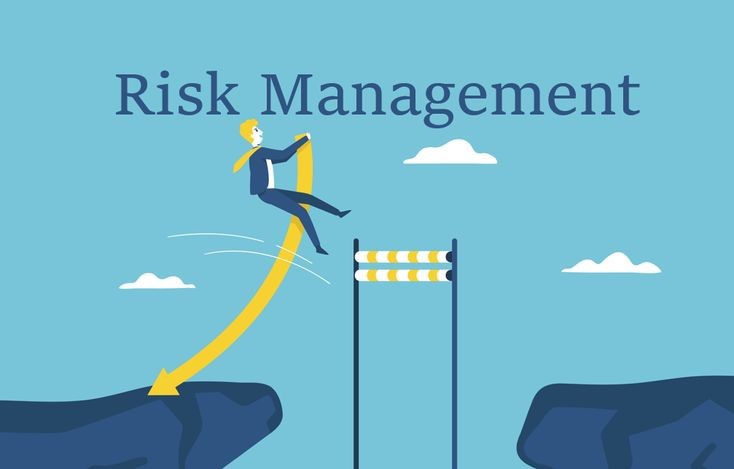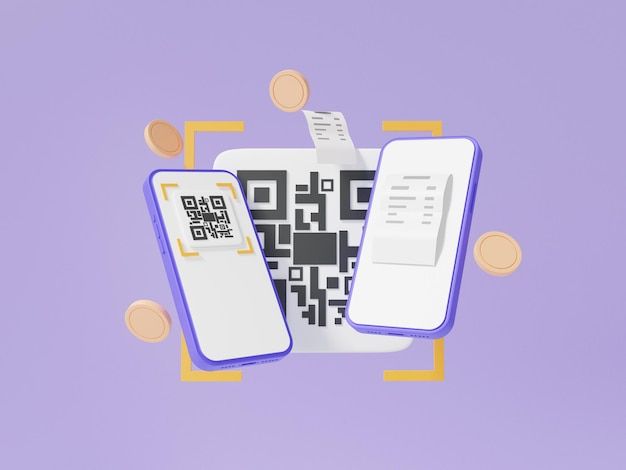In today’s unpredictable business landscape, managing risk has become a non-negotiable priority. From financial instability and cybersecurity threats to operational disruptions and compliance challenges, organizations face a wide array of risks every day. To remain competitive and sustainable, businesses must adopt a proactive, structured approach to identifying, assessing, and mitigating risks.
This article explores the importance of risk management, highlights both traditional and modern tools, and links to additional resources that can support smarter decision-making in a rapidly evolving environment.
What Is Risk Management and Why Does It Matter?
Risk management is the process of recognizing potential threats to a business and putting systems in place to minimize their impact. While it doesn’t eliminate uncertainty, it helps organizations prepare for potential outcomes and take informed action. A strong risk management strategy ensures smoother operations, protects assets, and supports long-term growth.
Beyond protecting against downside risks, risk management also enables businesses to confidently seize opportunities. When risks are known and accounted for, leadership can take bold steps with greater assurance and agility.
Foundational Risk Management Tools
Successful risk management often begins with a few essential tools that help structure the process and ensure visibility across departments and projects. These include:
- Risk Register: This is a centralized document or platform where all identified risks are logged. It includes details such as the nature of the risk, potential impact, likelihood of occurrence, mitigation strategies, and the responsible individual or team. It creates accountability and makes risks trackable throughout their lifecycle.
- Risk Matrix (Probability and Impact Matrix): This tool helps prioritize risks by evaluating how likely each one is to occur and how severe its impact would be. By placing risks in a matrix, teams can clearly see which ones require immediate attention and which can be monitored over time.
- SWOT Analysis: Evaluating a company’s strengths, weaknesses, opportunities, and threats is a simple yet effective way to anticipate both internal and external risks. This analysis promotes strategic thinking and can guide key business decisions.
- Root Cause Analysis: Instead of addressing symptoms of recurring problems, this method identifies the underlying causes of risks. By understanding the root of an issue, businesses can design more effective, long-lasting solutions.
- Risk Breakdown Structure (RBS): Particularly useful in project-based environments, RBS helps organize and categorize risks into different levels—making it easier to analyze and monitor large sets of risks.
Evolving with Technology: Modern Risk Management Tools
As business models grow more complex and interconnected, modern tools bring speed, clarity, and scalability to risk management. These platforms often integrate automation, analytics, and real-time tracking features to help organizations stay ahead of threats.
- Value at Risk (VaR): Commonly used in financial environments, this tool estimates the potential loss over a specific time frame, offering a quantifiable way to understand exposure to market fluctuations.
- Integrated Risk Management Platforms: Software solutions like RSA Archer, Hyperproof, and LogicGate allow businesses to manage risks across departments using centralized dashboards, real-time analytics, and automated workflows. These platforms often integrate with other business systems, enhancing transparency and communication.
- Predictive Tools and AI: With the rise of machine learning, risk management platforms are becoming more predictive. These tools can analyze large data sets to identify patterns, forecast potential disruptions, and recommend proactive steps.
- Compliance and Business Continuity Tools: These are especially relevant in heavily regulated industries. They help ensure that an organization’s processes align with regulatory requirements while also supporting response planning in the event of unexpected disruptions.
Best Practices for Effective Risk Management
Simply having tools isn’t enough, how you use them matters. Here are some best practices for developing a robust and effective risk management process:
- Integrate with Strategy: Risk management should be tied to your organization’s strategic goals. It’s not a standalone task—it’s part of every decision.
- Tailor Tools to Fit Your Context: Not all tools will be appropriate for every business. Choose tools that match your size, industry, and operational complexity.
- Encourage Company-Wide Involvement: Risk isn’t the responsibility of one department. Involve teams across functions to identify and manage risks effectively.
- Automate Where Appropriate: Automation reduces human error and allows your team to focus on analysis rather than repetitive tasks.
- Review and Update Regularly: Risk management is ongoing. Set up regular review cycles to update your risk register, evaluate mitigation strategies, and adapt to new threats.
Learn More About Digital Risk Management Tools
Risk management has evolved significantly in recent years, especially with the adoption of digital tools that improve visibility and efficiency. For a detailed look at how modern technology is transforming risk strategies, be sure to read “Risk Management Tools: Safeguarding Business in the Digital Era” on Chip-in Asia’s blog. It offers a practical guide to leveraging the latest tools to protect and future-proof your business.
By embracing both traditional frameworks and modern platforms, businesses can approach risk not as a threat—but as a chance to strengthen resilience, enhance decision-making, and build a more secure future.






